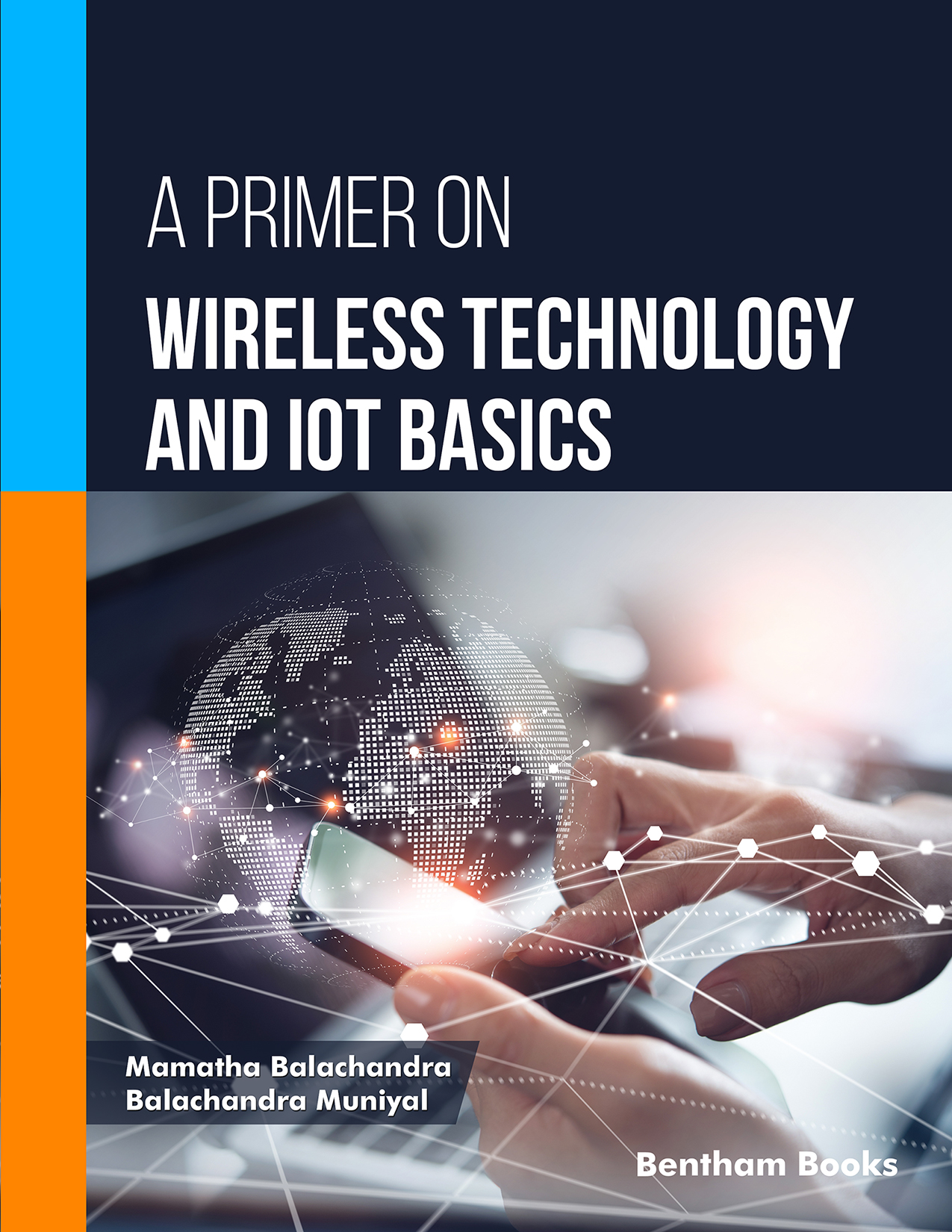Wireless networks are growing day by day in almost all parts of human life. People cannot survive without them even for their household work, for example, booking tickets, getting appointments with doctors, paying bills, purchasing items, etc., from anywhere at any point in time. Wireless networks are useful in reducing networking costs in several cases. As and when their usage increases, there exist several challenges to be faced while using wireless technology. This book gives a basic idea about the evolution and growth of wireless technology, starting from very basic wireless technologies such as GSM and GPRS to WLANs, WPAN, WMANs, cellular networks (from 1G to 5G), and the Internet of Things (IoT).
Nowadays, the Internet of Things is one of the very hot technologies across the globe. All types of organizations, government, private, and industry, are involved in the different aspects, such as implementation, business, and research on IoT. Currently, a lot of investments are being made in almost all these organizations in the development of the Internet of Things. The applications of IoT are broadly in areas like business, healthcare, biometric and facial recognition, inventory tracking, and so on. IoT is used most commonly in smart cities, smart health, smart agriculture, supply chain control, forest fire detection, air pollution detection, etc.
The Introduction section of Chapter 1 gives the basics of wireless networks, followed by the evolution of wireless networks, the next wireless network challenges, and various types of wireless networks. Chapter 2 presents generations of cellular networks, i.e., 1G, 2G, 3G, and 4G, in terms of their working, categories, and applications. An overview of WLAN in terms of infrastructure and WLAN technology based on the IEEE 802.11 standard is introduced in Chapter 3. Chapter 4 provides mobile ad hoc network (MANET) challenges, protocols, and various routing algorithms in MANETs. An overview of WPAN in terms of various technologies used, such as ZigBee, Bluetooth, WSN, WISN, etc., is given in Chapter 5. Chapter 6 presents the overview of WSN, categories of WSN, WSN architecture, and WSN coverage and connectivity. An overview of IMS (IP Multimedia Subsystem), the technology that merged with the cellular world, is provided in terms of its architecture, applications, and developing services within the IMS in Chapter 7. An overview of 5G technology in terms of its characteristics, working, and Massive MIMO technology is discussed in Chapter 8. Chapter 9 gives the basics of IoT, IoT connectivity, and IoT use cases, along with the working of sample use cases and important protocols for establishing the connectivity between the IoT devices and the Internet.
Mamatha Balachandra & Balachandra Muniyal
School of Computer Engineering
Manipal Institute of Technology
Manipal Academy of Higher Education
Udupi, Karnataka, India

